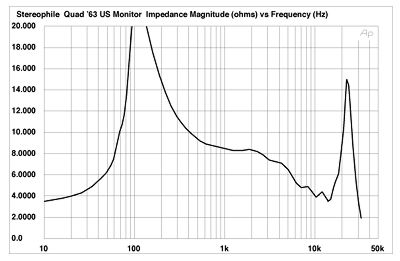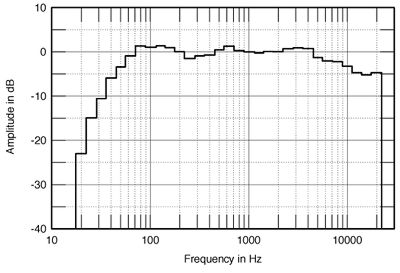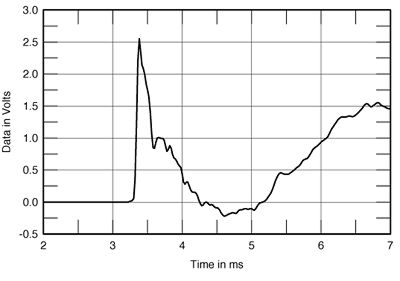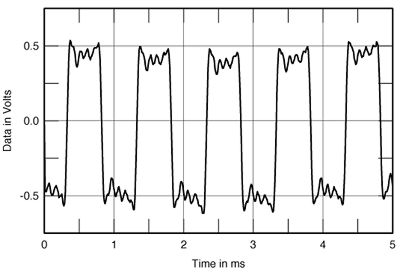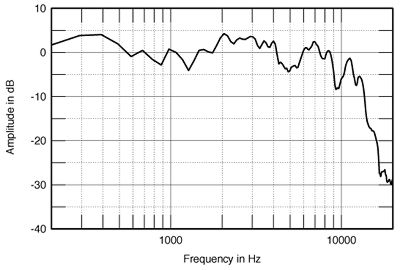

Quad ESL-63 loudspeaker
J. Gordon Holt & Various, September, 1983

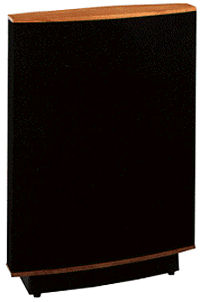 The Acoustical Manufacturing Company, better known as Quad, is one of the few remaining in the world which still view high fidelity as a service to serious music rather than an end in itself. Their products are designed to meet the needs of classical-record collectors who frequently play old, technically primitive (or inept) recordings for the music or the performance rather than for the sound.
The Acoustical Manufacturing Company, better known as Quad, is one of the few remaining in the world which still view high fidelity as a service to serious music rather than an end in itself. Their products are designed to meet the needs of classical-record collectors who frequently play old, technically primitive (or inept) recordings for the music or the performance rather than for the sound.
Despite all the improvements in recorded quality that we have witnessed in recent years (with even RCA and CBS getting in on the act), audiophile-quality recordings are still very rare. The variety of fare represented on good recordings is exceedingly small, and the performances themselves range from good to ho-hum. To quote one observer, "Good sound and inspired performance seem mutually exclusive." Amen! Dedicated audiophiles would rather listen to silence than bad sound; record collectors will put up with awful sound if the music is worth listening to.
Quad's view is that a system should be able to reproduce everything of value that is on a recording, while minimizing the irritations of the average (call that "mediocre") recording. Quad's components reflect that philosophy.
Because these were designed as the components of an all-Quad system, I elected to review them as a complete system as well as individually. The units were substituted, one by one, in a system consisting of a pair of Acoustat Fours, an Acoustat 200 power amp, and a Berning preamp. Program sources were from l5ips 2-track tape, CDs from a Sony CD-P101 player, and several of our high-rated cartridges in a modified Rabco arm. The same signal sources were used to audition the entire Quad system.
The ESL-63
This full-range electrostatic speaker uses a unique radiating system. The diaphragm surface is divided into concentric circular areas fed by delay lines. An impulse fed to the speaker goes first to the center of the circle, then in turn to each larger ring until it reaches the periphery. This produces a close approximation to a spherical wavefront, similar to that radiated by an actual sound source of finite size. In practical terms, the result is a system that is (1) almost perfectly phase-coherent, and (2) free from treble beaming through a very wide included angle spanning the listening area. (There was a more detailed description of the ESL-63 in Stereophile, Vol.4 No.10, starting on p.13.)
Unlike the original Quad Electrostatic, which had a tendency to break down if overloaded for an instant, the '63 has a sophisticated protection device designed to short out the input signal if its level approaches an amplitude that could do speaker damage. Shutdown is claimed to occur rapidly enough to provide full protection to the speaker, but some power amplifiers will not tolerate output shorting and may blow fuses or sustain serious damage. Tubed amplifiers won't be harmed by this, but some solid-state amplifiers could be. If in doubt about your amplifier, check with its manufacturer or, to be safer still, use the speakers with Quad's own amplifier.
On first listen, two things hit me right between the ears. First of all, these speakers have inner detail like nothing I have ever heard! And secondly, of all the electrostatics I have tested through the years, these were the easiest to set up for proper imaging. The speaker reproduces depth and spatial locations like gangbusters, almost regardless of where one places them relative to the listening area. Like all large-panel dipole systems, though, their overall balance as well as the amount and smoothness of their bass are profoundly affected by where you locate them in the room. The best bass is obtained with them toward (but not in) the room corners, but distant (from the listening area) placement tends to obscure detail because of multiple wall reflections in most rooms.
The '63s have a gorgeously, sumptuously smooth and open high end without a trace of hardness. I do not agree with those who have complained about these speakers not having enough high end. As a matter of fact, it isn't even high end that these people are talking about, it is brightness, which is a function of the circa 7kHz range. These do, in fact, have less brightness than most systems, but the result is better reproduction of many instruments—violins in particular than one is accustomed to hearing anywhere. The real high end, which contributes (among other things) the gutty sheen of strings, is there in abundance.
Sheffield's Los Angeles Philharmonic recordings, which tend toward steeliness through most speakers, sound as well-balanced through the Quads as I have ever heard them sound before. Strings have that combination of bite and velvety sheen rarely heard outside of a live performance, but the sheen seemed a bit exaggerated and the system sounded oddly powder-dry, like the texture of chalk. This was the case with the Acoustat TNT-200 and with Quad's own 405-2 power amp, and the dryness persisted even when there was no preamp in-circuit. What I heard sounded like something that might be completely cured by the proper choice of electronics, but I haven't found the magical combination as of yet.
Surface-noise clicks occurring at the same pitch indicated some upper-midrange ringing, and there were instances where one speaker's protective circuits seemed to be shutting down at levels well below where they ought to, which would suggest a defect (footnote 1). Since this shutdown level was still reasonably high, it did not prevent completion of the listening tests, but it did make it impossible to check out the validity of some complaints I've heard about the '63's inability to reproduce high volume levels. Quad rates the speakers' maximum output level in a cryptic form that I couldn't decipher, but if we extrapolate from their figures for sensitivity and input-power capability (footnote 2), we arrive at a figure of 106 dB, which is very loud.
Footnote 1: That speaker subsequently started arcing, which would suggest that the problem may originally have been in one of the elements rather than the protection device. A replacement speaker is on its way to us.—J. Gordon HoltFootnote 2: If the specified efficiency is 86dB at 1 watt in, and the maximum input is 100 watts, then the maximum output would be 86dB plus 20dB (100 watts is 20dB more than 1 watt), or 106dB. Not all loudspeakers show a linear increase in output with respect to input, however, so this calculation of ours could be off by as much as 3dB.—J. Gordon Holt
